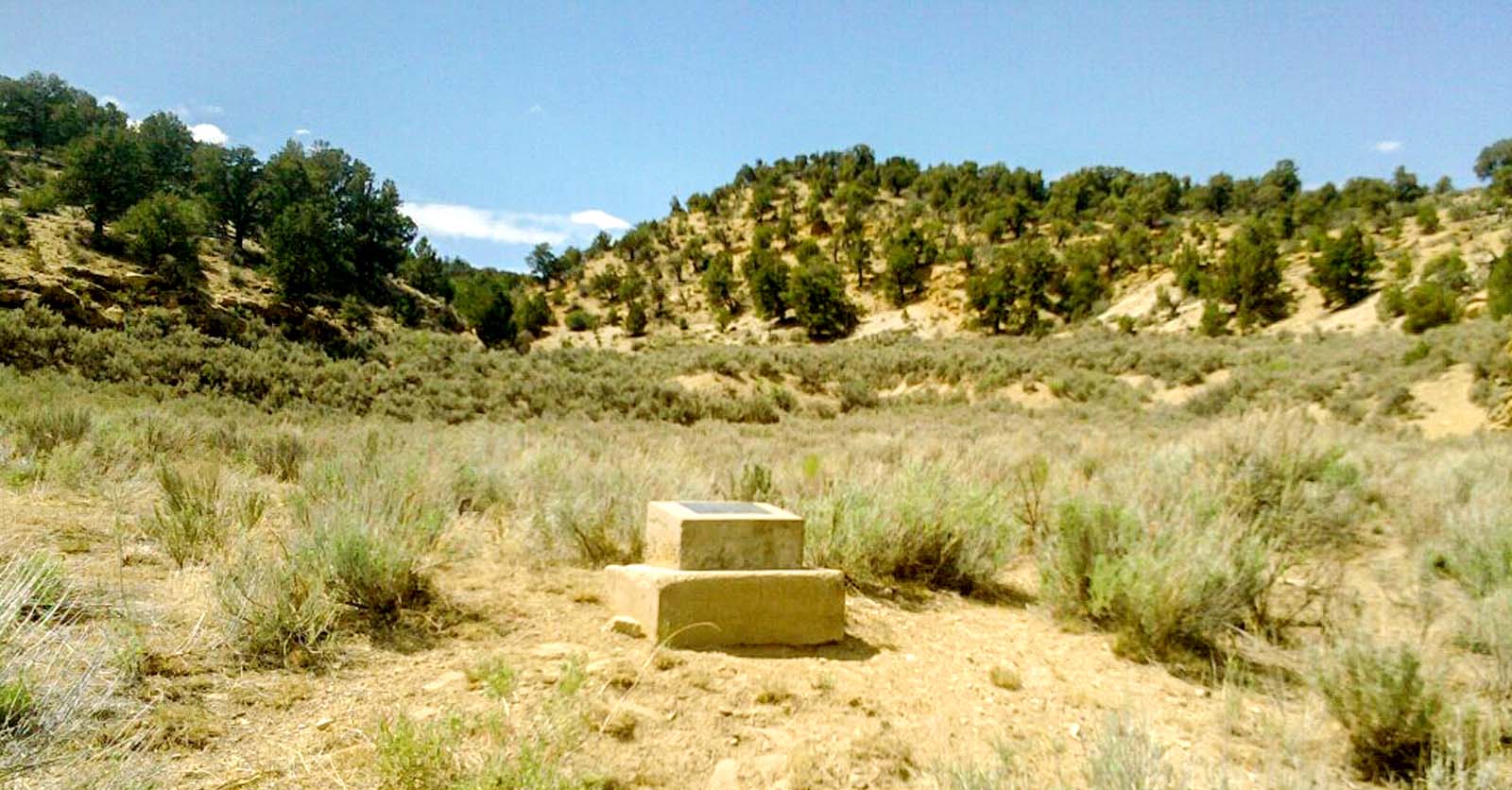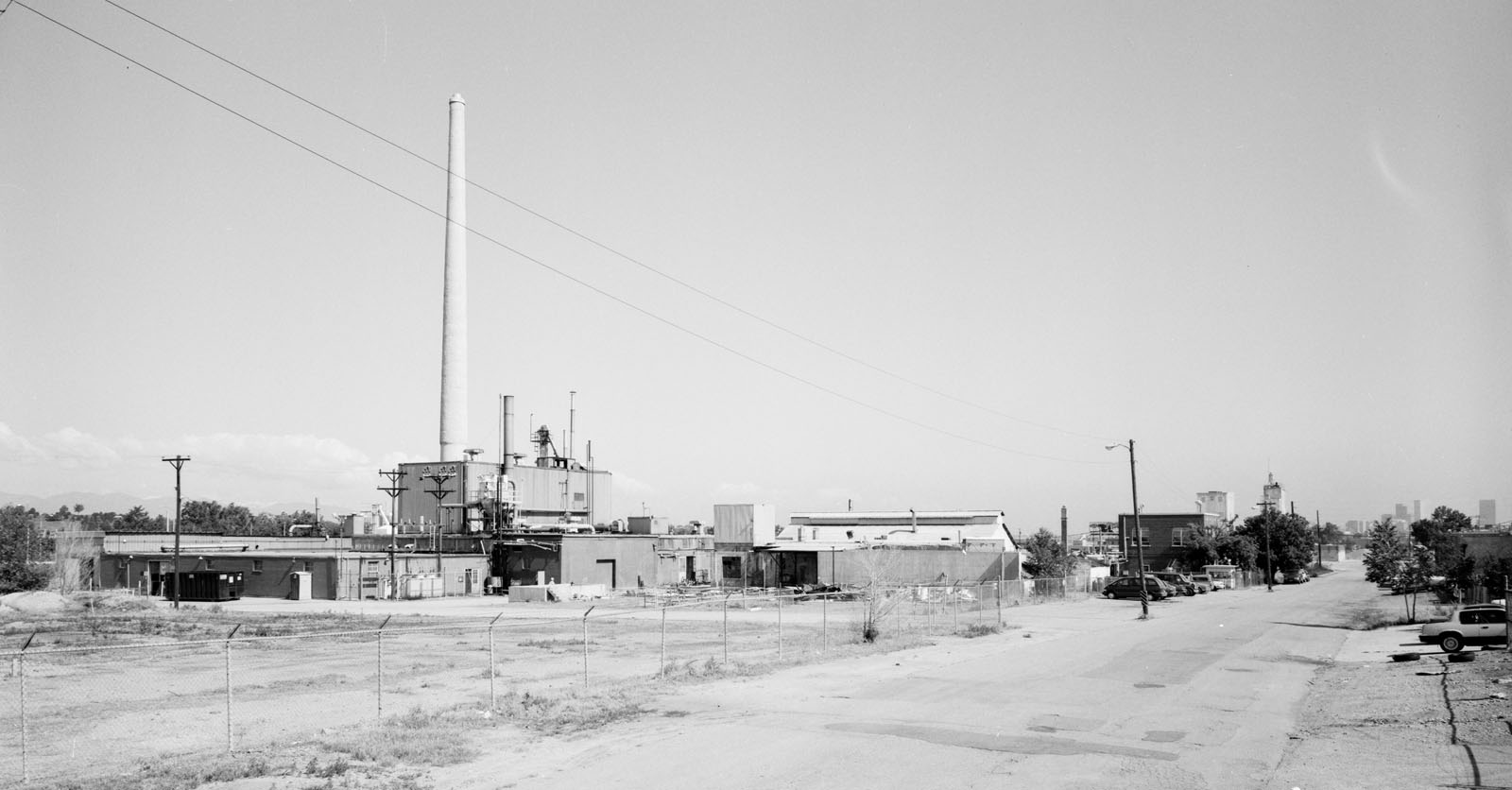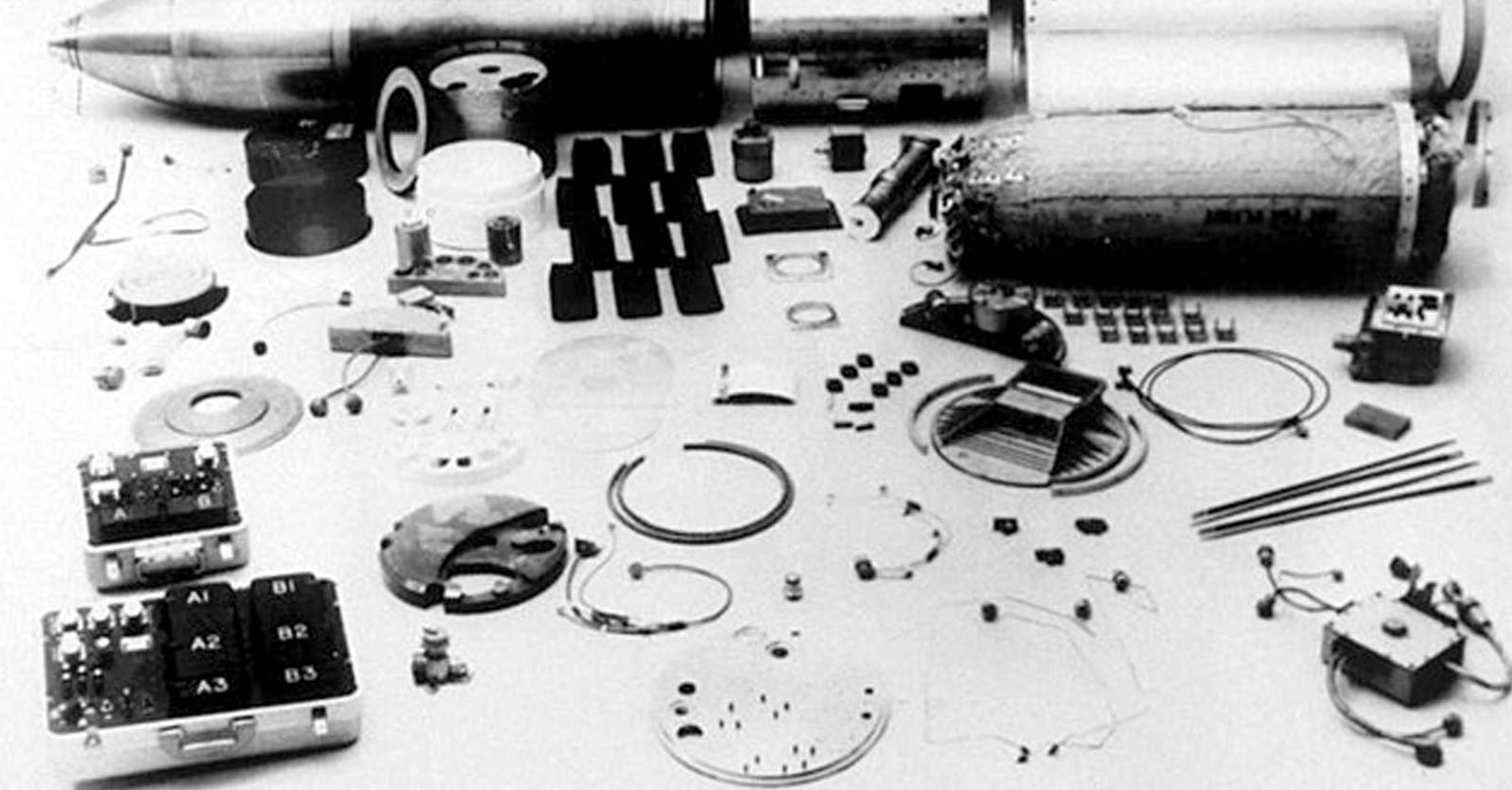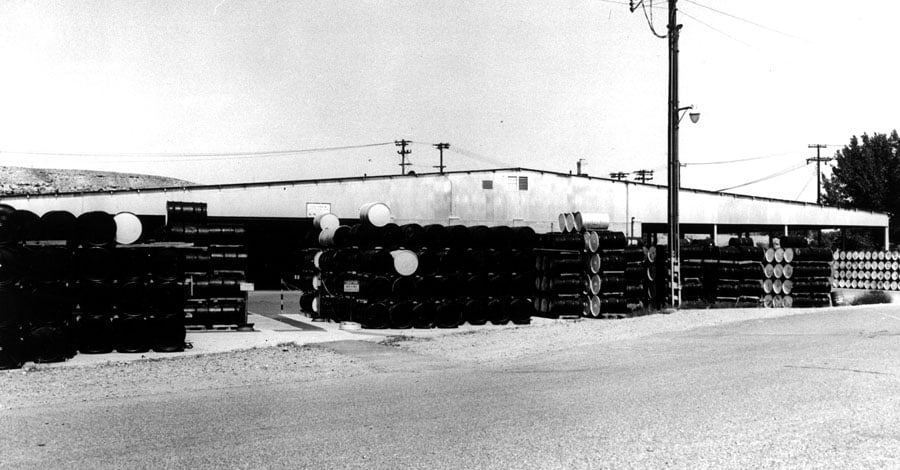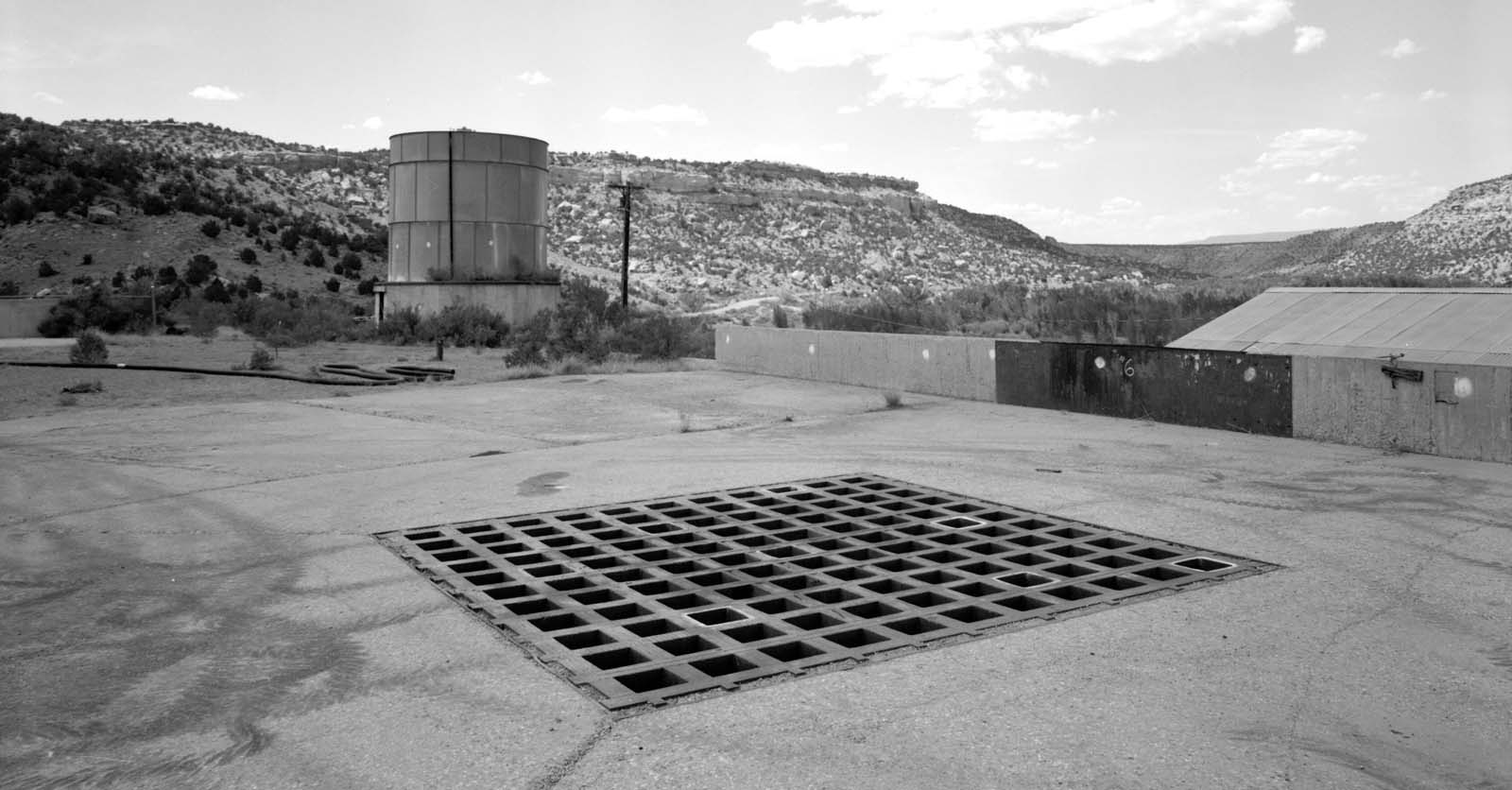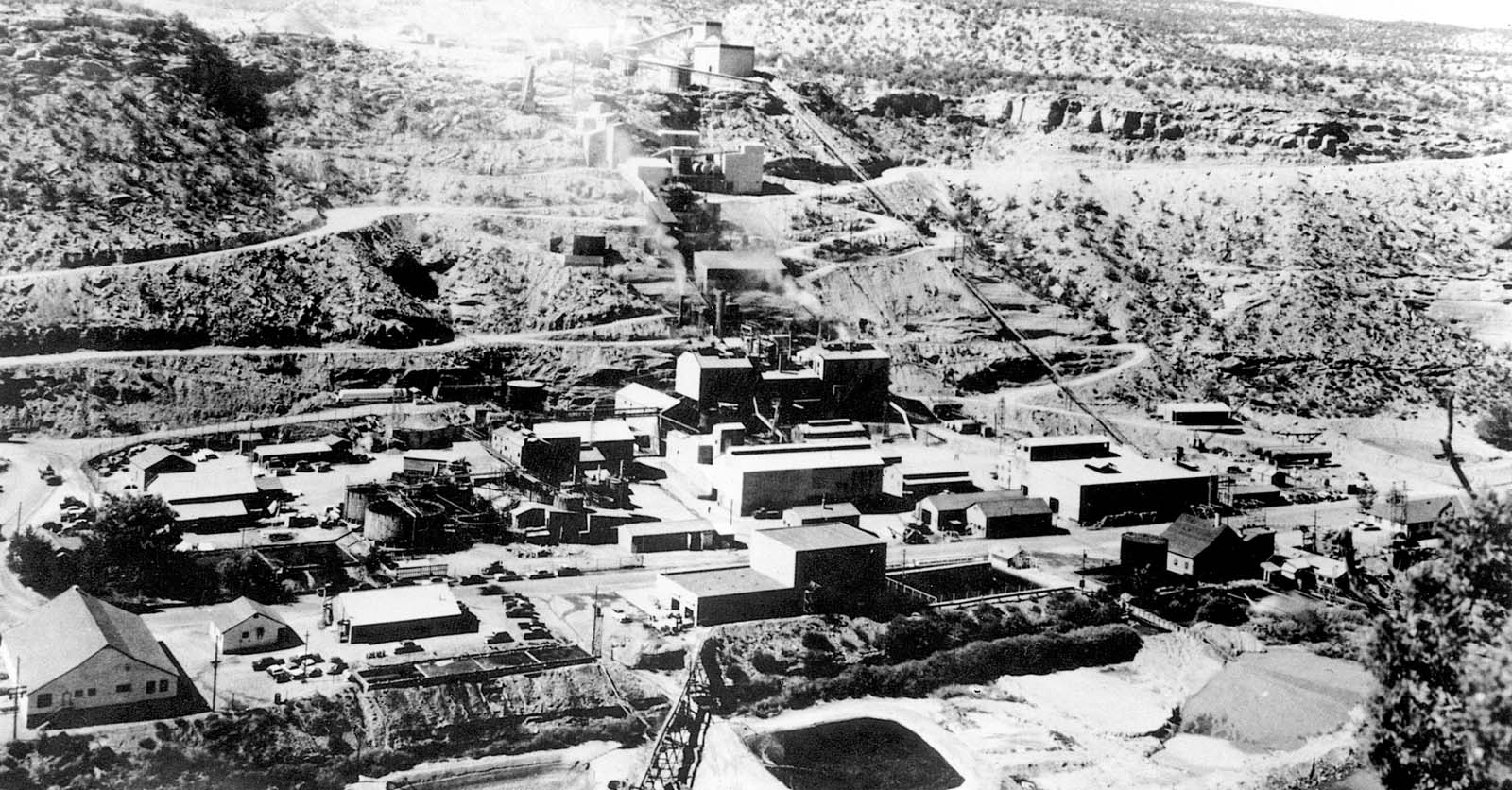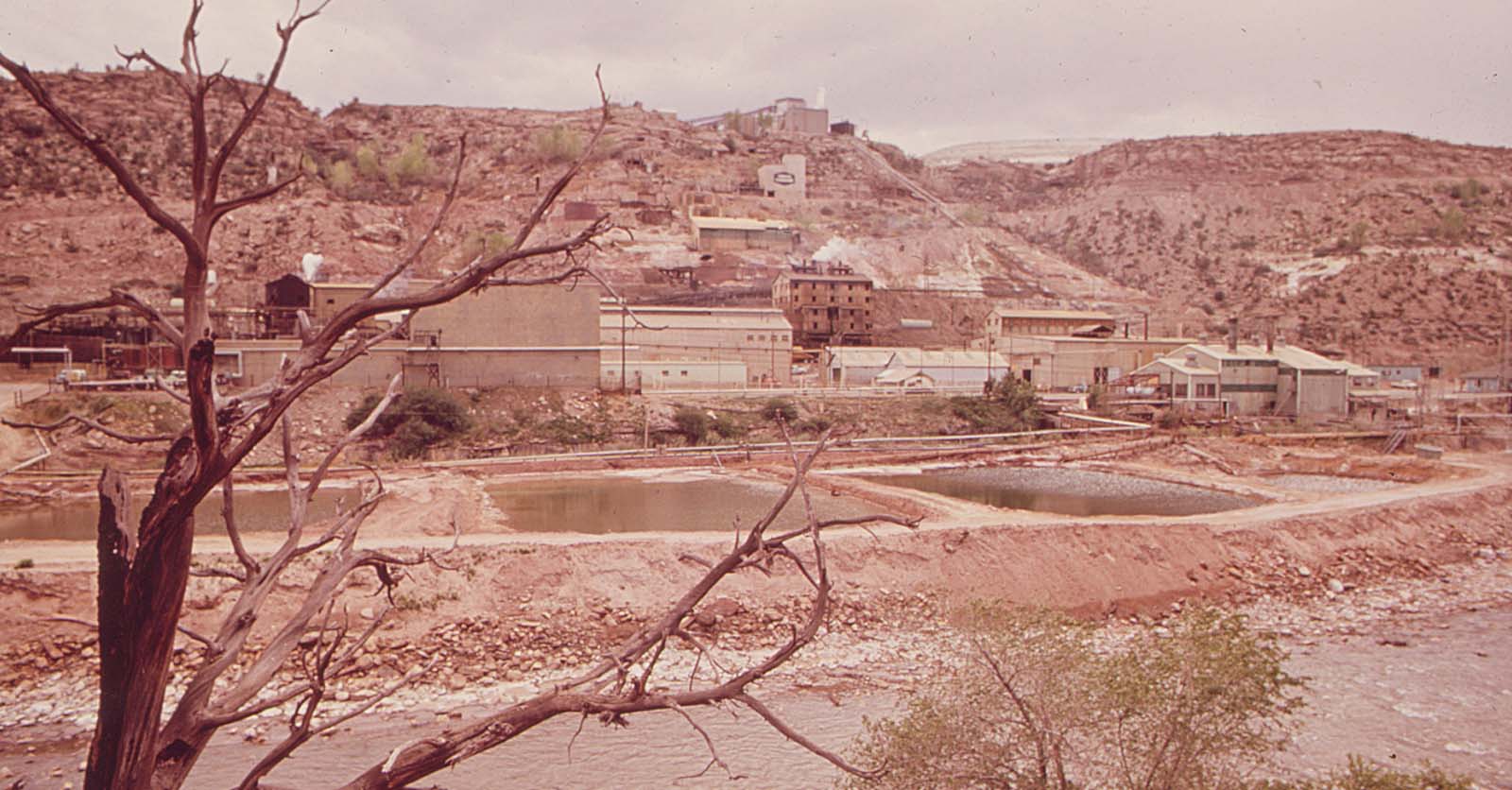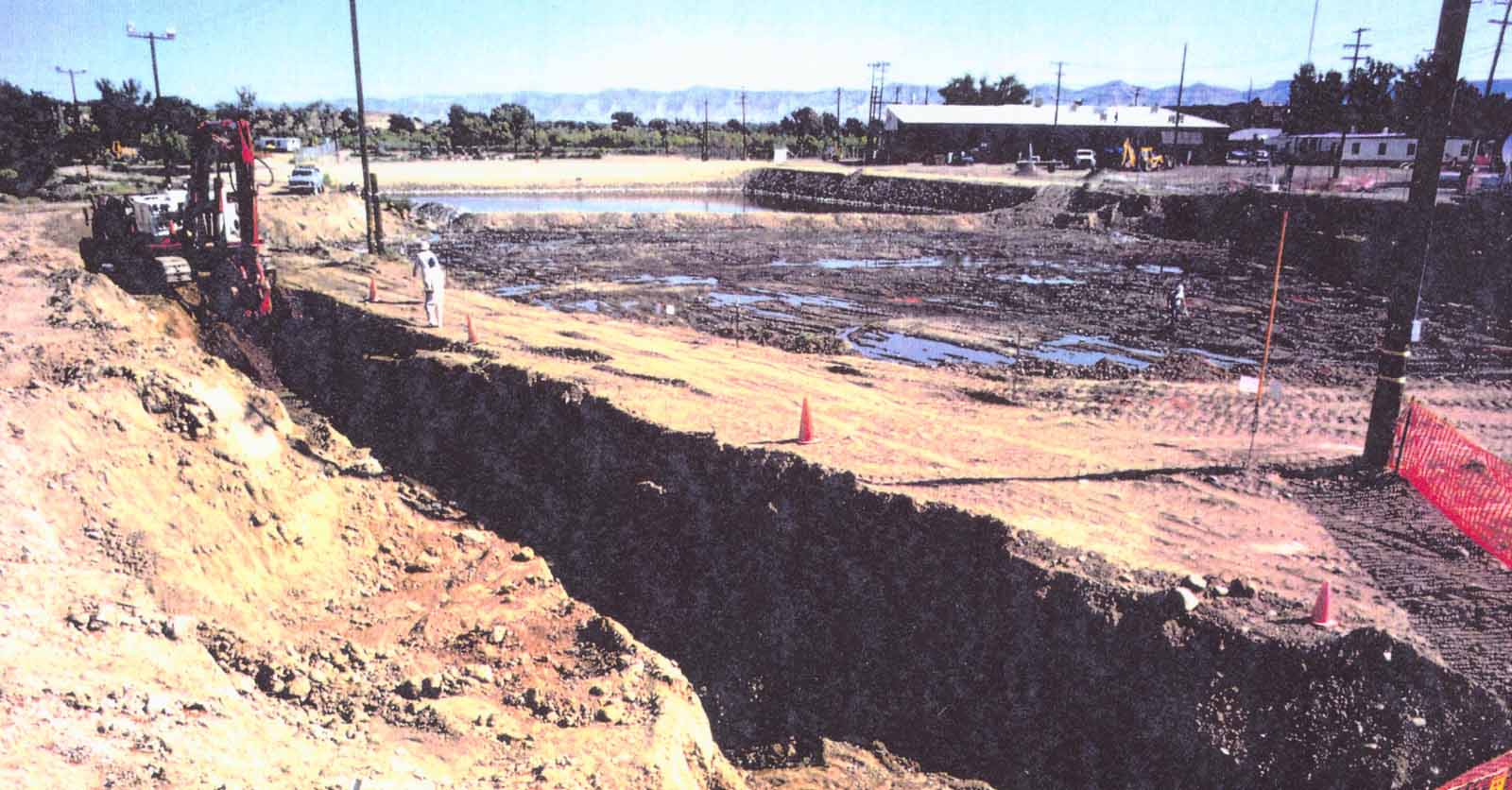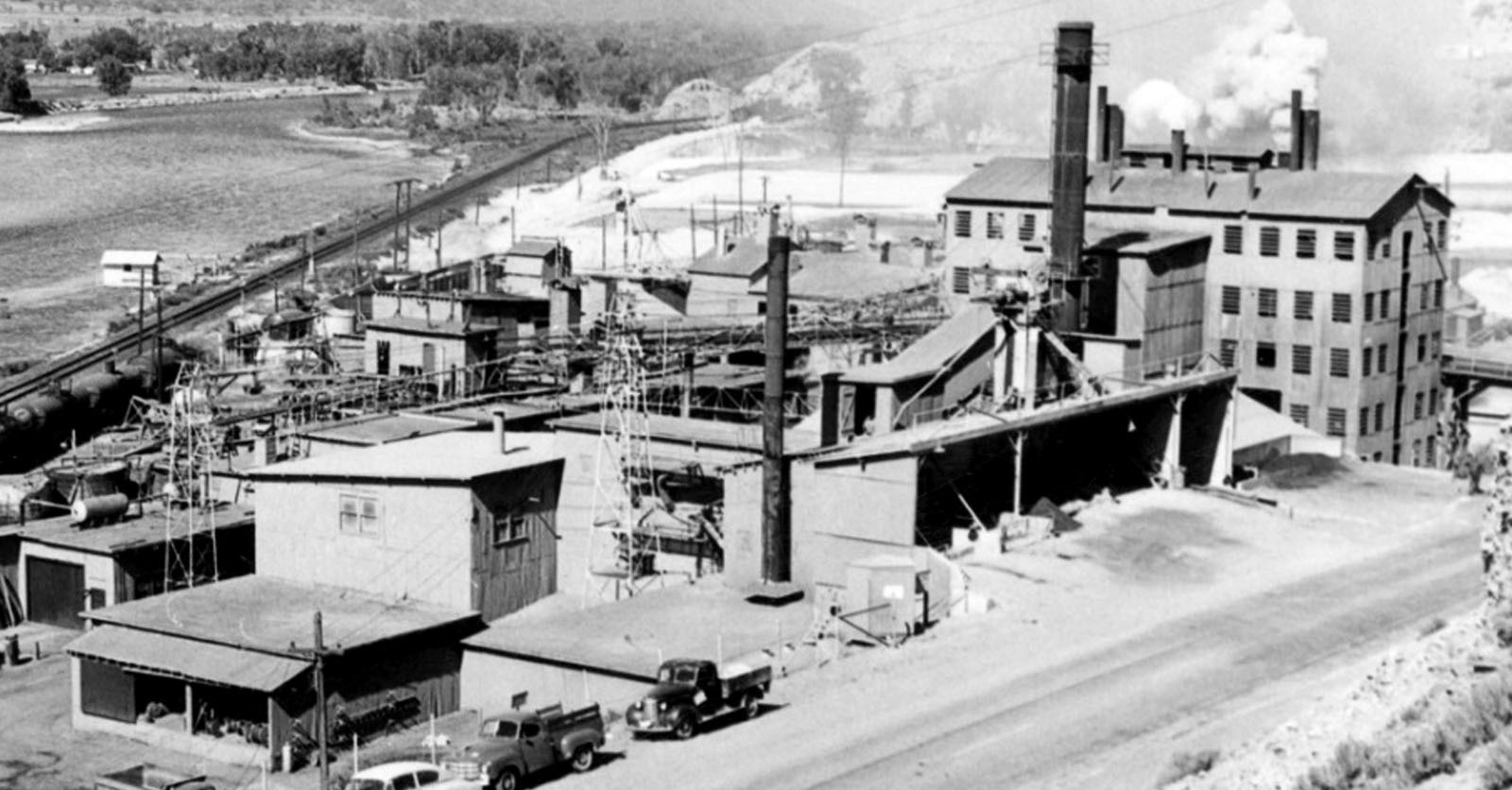2 min read
Project Rulison Nuclear Test Site: Approved for EEOICPA benefits
![]() Trusted Ally Staff
:
Apr 11, 2025 10:37:34 AM
Trusted Ally Staff
:
Apr 11, 2025 10:37:34 AM
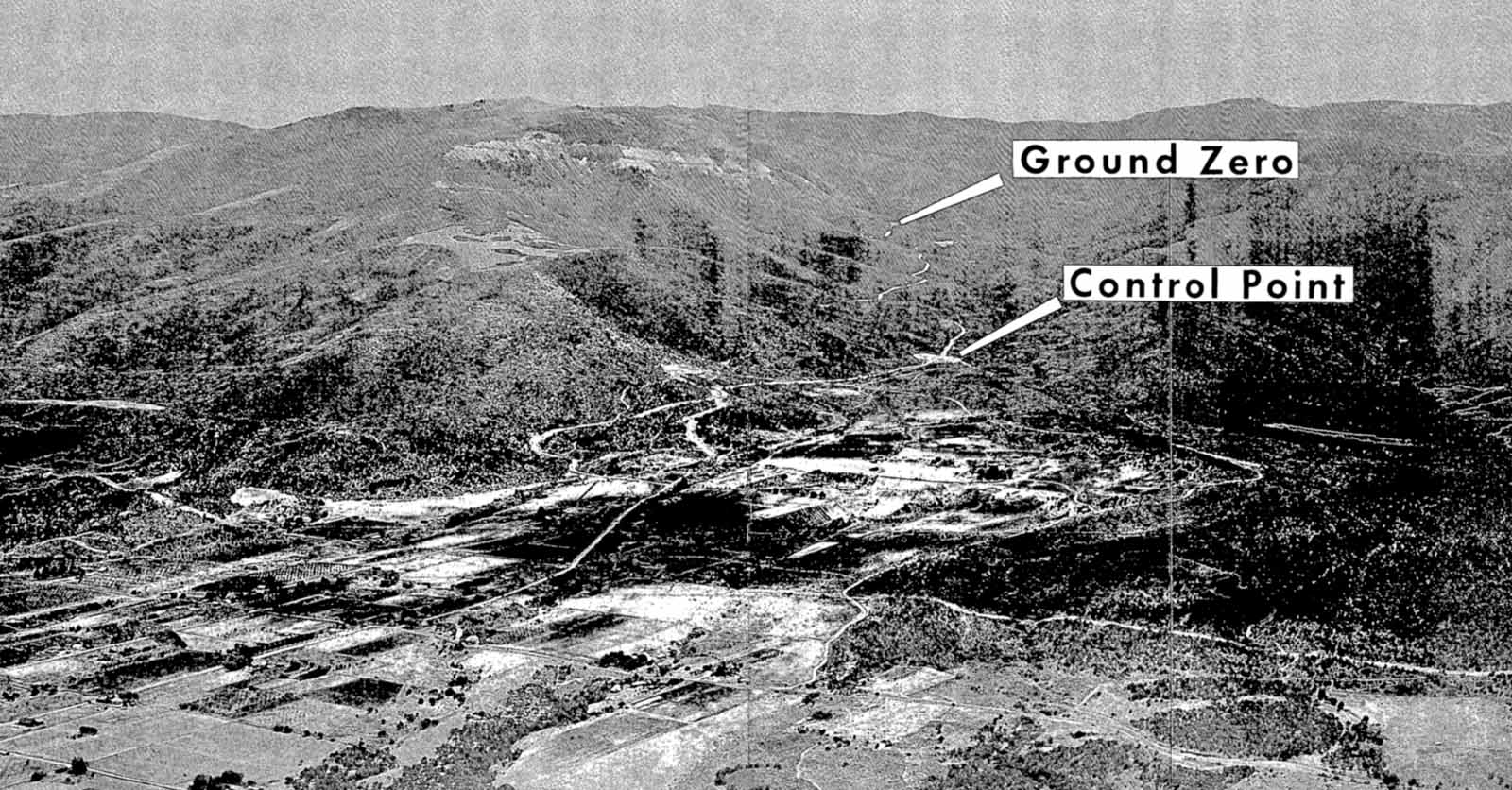
Subscribe to Trusted Ally News
The Project Rulison Nuclear Test is one of Colorado’s forgotten atomic experiments
In the Piceance Basin near Grand Valley, Colorado, which is now called Parachute, the Project Rulison site is a reminder of America’s Cold War-era experimentation with nuclear energy. Part of Project Plowshare, which was intended to develop peaceful uses for nuclear explosions, Project Rulison was one of several government nuclear tests meant to explore energy production.
Project Plowshare involved three sites in Colorado:
- Project Rio Blanco near Rifle, Colorado
- Project Rulison near Grand Valley, Colorado (now named Parachute)
- Project Bronco in Rio Blanco County, Colorado (abandoned after initial planning)
The vision behind Project Rulison
Project Rulison was conducted on September 10, 1969, by the U.S. Atomic Energy Commission (AEC) in partnership with private industry. While the project was meant to advance natural gas production by fracturing underground rock using nuclear explosions, it instead exposed workers and the surrounding environment to radiation and hazardous chemicals.
-
A 40-kiloton nuclear device was detonated 8,426 feet underground.
-
The explosion successfully fractured the rock and released natural gas, but the gas was too radioactive to be commercially viable.
Although the test did not release significant radiation into the atmosphere, underground contamination and worker exposure to radiation and other hazardous materials were significant concerns.

Adverse health effects among workers
Many workers involved in the construction, drilling, monitoring, and cleanup operations of Project Rulison faced unsafe working conditions due to inadequate protections from radioactive and chemical exposures.
1. Radiation exposure
-
Workers were exposed to gamma radiation and neutron flux during site preparation and post-test monitoring.
-
Inadequate shielding and protective gear left workers vulnerable during drilling and sampling operations after the detonation.
-
Long-term exposure increased the risk of cancer, particularly lung, thyroid, and bone cancers, due to inhalation of radioactive isotopes like tritium, krypton-85, and cesium-137.
2. Chemical and heavy metal exposure
-
During drilling operations, workers encountered naturally occurring radioactive materials (NORMs) like uranium, radon, and thorium, often without proper respiratory protection.
-
Some workers reported neurological issues, respiratory conditions, and skin disorders, likely linked to prolonged exposure to both radiation and toxic drilling fluids.
-
Handling contaminated soil and groundwater during site monitoring further contributed to internal contamination.
3. Psychological and long-term health impacts
-
Workers were often not fully informed of the health risks involved, and many received no follow-up medical care or radiation screening.
-
Survivors and families have reported cases of rare cancers, autoimmune diseases, and chronic fatigue, which are consistent with radiation-related illnesses.
-
The lack of public acknowledgment contributed to long-lasting emotional distress among former workers and their families.
Environmental and community impact
Though the test was conducted underground, the risk of groundwater contamination and the spread of radionuclides remains a concern today.
Groundwater monitoring
-
The Department of Energy (DOE) continues to monitor groundwater near the site for radioactive contaminants.
-
Tritium and other isotopes have been detected, though officials claim levels are within acceptable limits. However, many residents remain skeptical about long-term safety.
Land use restrictions
-
The site is under strict land-use controls to prevent future drilling or excavation in contaminated areas.
-
Property owners in the surrounding area face restrictions on energy development, impacting local economies and raising concerns about environmental justice.
The Project Rulison Nuclear Test site was effectively abandoned in the early 1970s, shortly after the nuclear test was conducted, but its environmental effects continue to be a concern.
Approved for EEOICPA White Card benefits
The Project Rulison Nuclear Test Site is an approved site for The Energy Employees Occupational Illness Compensation Program or the EEOICPA White Card Program.
As of April 2025, Project Rulison workers have received over $3.6 million in EEOICPA settlements and medical bills paid.
Let us check if you or a loved one qualifies for up to $400,000 plus free medical care in the comfort of home.
Your pathway to care starts with Trusted Ally Home Care. Get started today and let us guide you through the process of receiving the care you or a loved one deserves.
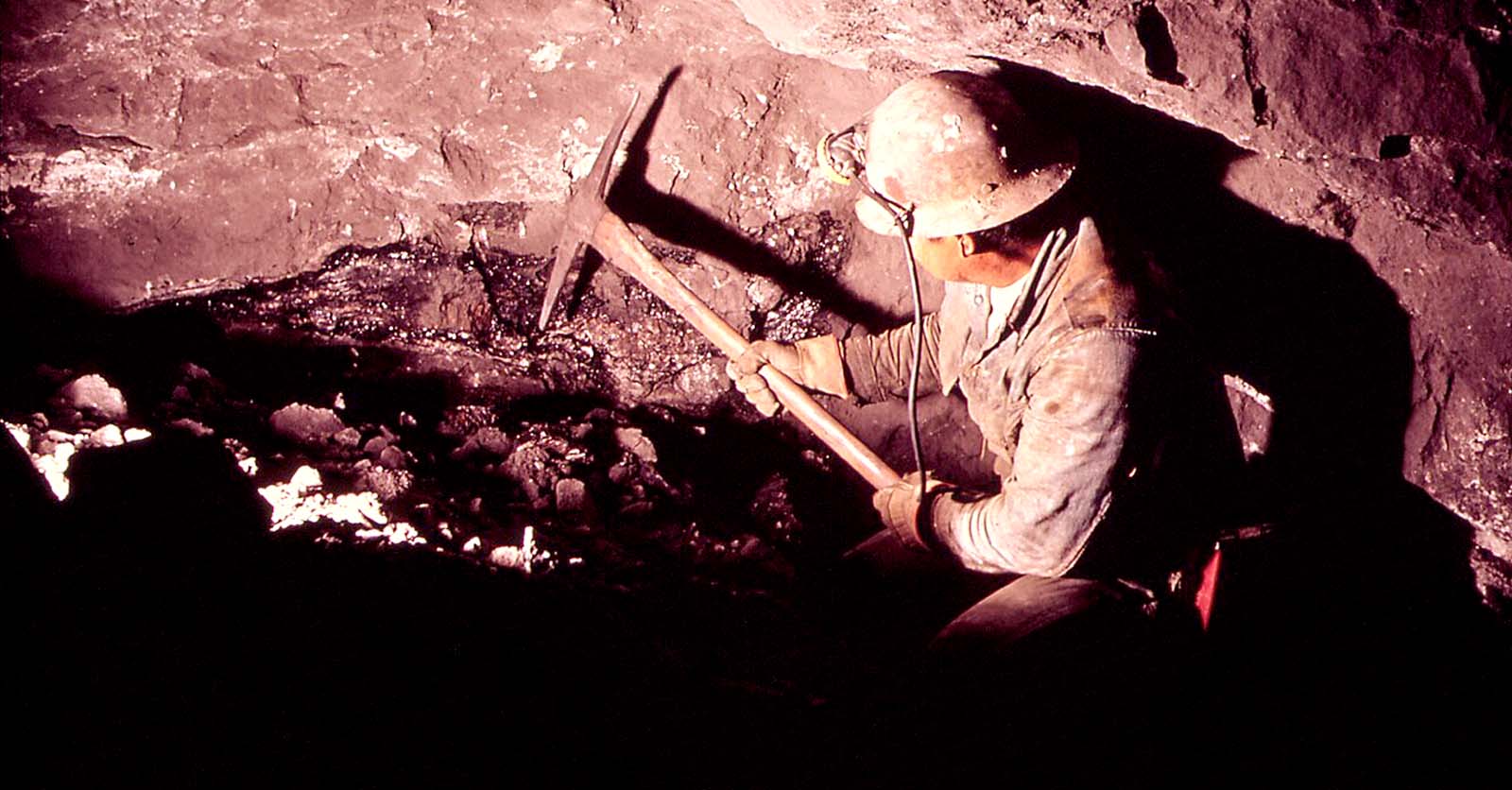 Read More
Read More






